Health and Wellness Trends
The Tonic Wine Market is experiencing a notable shift towards health and wellness. Consumers are increasingly seeking beverages that offer health benefits, such as those containing natural ingredients and lower alcohol content. This trend is reflected in the growing demand for tonic wines that incorporate botanicals and herbal extracts, which are perceived to enhance well-being. According to recent data, the tonic wine segment has seen a rise in sales, with a reported increase of approximately 15% in the last year alone. This suggests that as consumers become more health-conscious, the Tonic Wine Market is likely to adapt by offering products that align with these preferences, potentially leading to further growth in this sector.
Innovative Flavor Profiles
Flavor innovation plays a crucial role in the Tonic Wine Market, as manufacturers strive to differentiate their products in a competitive landscape. The introduction of unique flavor combinations, such as exotic fruits and spices, has captured consumer interest and expanded the appeal of tonic wines. Recent market analysis indicates that tonic wines with innovative flavors have outperformed traditional offerings, with a growth rate of around 20% in sales. This trend suggests that consumers are increasingly adventurous in their beverage choices, prompting producers to experiment with new ingredients and formulations. As a result, the Tonic Wine Market is likely to continue evolving, with an emphasis on creativity and flavor diversity.
Rising Popularity of Mixology
The Tonic Wine Market is benefiting from the rising popularity of mixology and craft cocktails. As consumers increasingly seek unique drinking experiences, tonic wines are being embraced as versatile ingredients in cocktail recipes. This trend is supported by the growing number of bars and restaurants that feature tonic wine-based cocktails on their menus. Market data suggests that the cocktail segment, which includes tonic wines, has seen a growth rate of approximately 25% over the past year. This indicates that the Tonic Wine Market is well-positioned to capitalize on the mixology trend, potentially leading to increased sales and brand visibility.
E-commerce Growth and Accessibility
The Tonic Wine Market is witnessing a significant transformation due to the rapid growth of e-commerce platforms. As consumers increasingly turn to online shopping for convenience, tonic wine brands are expanding their digital presence to reach a broader audience. Recent statistics reveal that online sales of alcoholic beverages, including tonic wines, have surged by nearly 30% in the past year. This shift not only enhances accessibility for consumers but also allows brands to engage with their customers more effectively through targeted marketing strategies. As e-commerce continues to evolve, the Tonic Wine Market is likely to adapt, leveraging digital channels to drive sales and enhance customer experiences.
Sustainability and Ethical Sourcing
Sustainability has emerged as a pivotal driver in the Tonic Wine Market, as consumers become more aware of environmental issues and ethical sourcing practices. Brands that prioritize sustainable production methods and transparent supply chains are gaining traction among eco-conscious consumers. Recent surveys indicate that approximately 60% of consumers are willing to pay a premium for products that are sustainably sourced. This shift towards sustainability not only influences purchasing decisions but also encourages brands within the Tonic Wine Market to adopt eco-friendly practices. Consequently, the emphasis on sustainability is likely to shape product development and marketing strategies, fostering a more responsible industry.


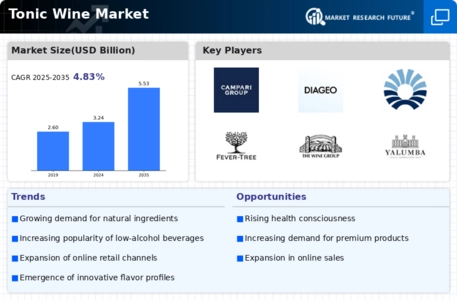
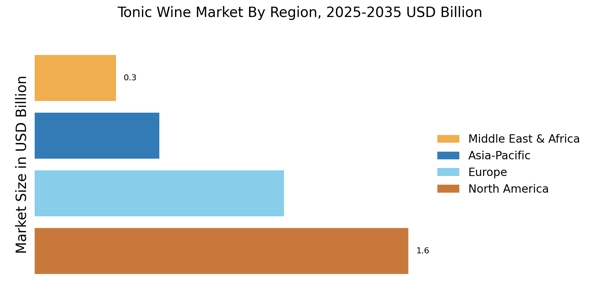
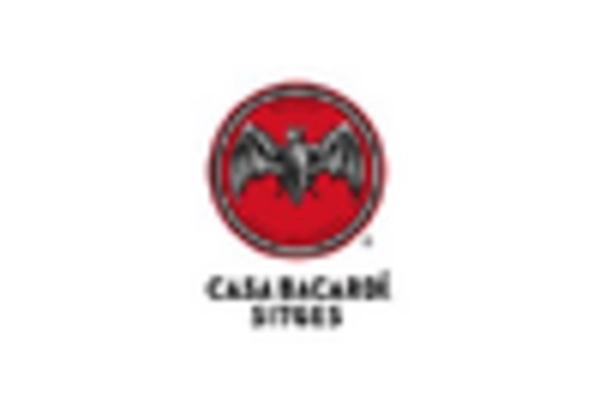
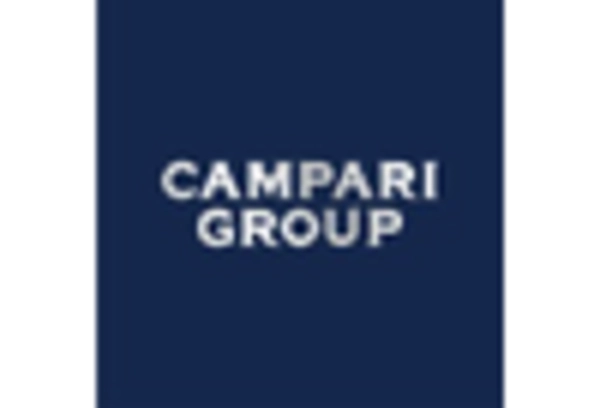
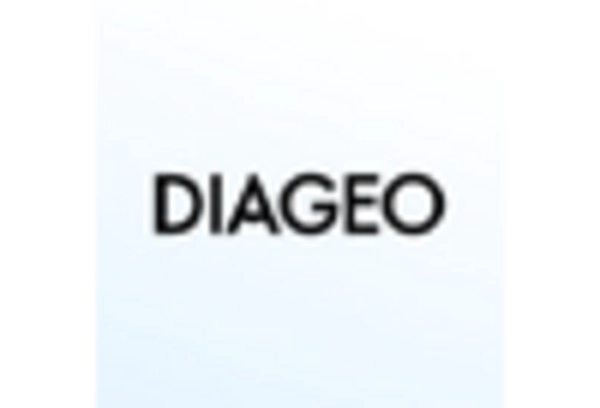
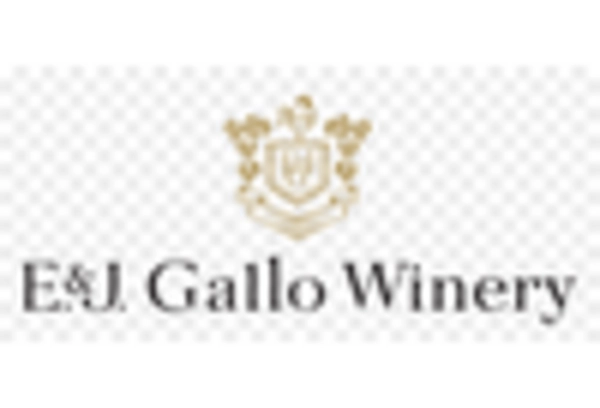
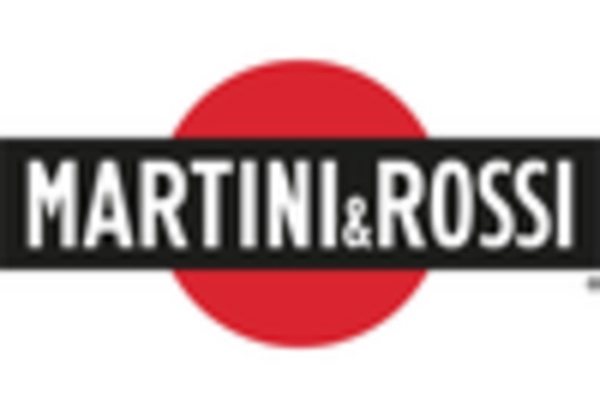









Leave a Comment